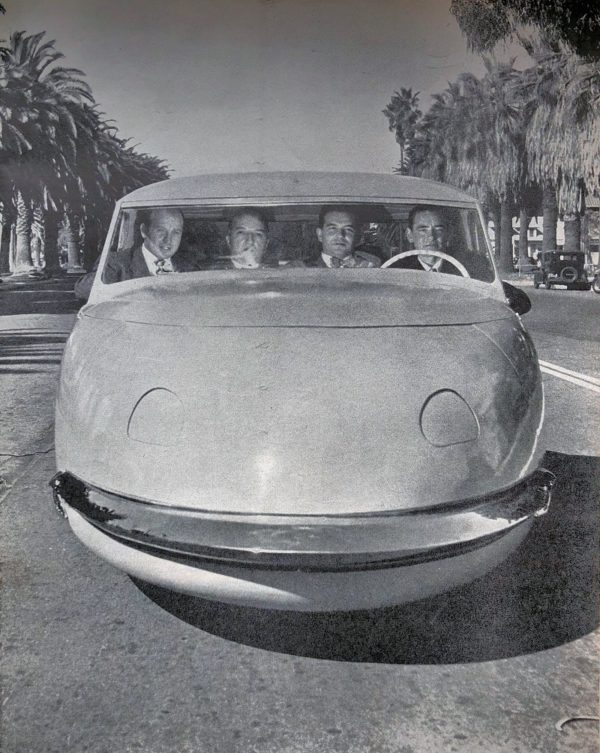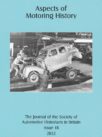
The world of motor manufacture is full of ambitious projects doomed to failure – and some were downright confidence tricks. The 1947 Davis was right up there with the most egregious.
Gary Davis devised his plans in America in the late 1940s. He was an excellent publicist but not a natural car designer. His new car company paid him $1,000 a week; he had a house in the hills; his wife wore a mink coat; he had several luxury cars. He posed with a Hollywood starlet and a Davis three-wheeler, showed one in the holiday displays of top department stores, and even drove one in the 1948 Rose Bowl parade.
His prototype was an enormous machine with one front wheel and two driven rear wheels, presented as a high-technology car inspired by aviation practice. He claimed many things for it: the ability to do sharp U-turns at 55 mph (when in fact the rear driving wheel would lift off and make the speedometer over-read); a top speed of 116 mph (fanciful); and room for five people abreast on the single bench seat (as can be seen, four was the absolute maximum).
With promises of high sales figures and double wages for his employees once production started, Davis sold franchises amounting to $1 million to dealers. But production never happened. He did recruit a number of designers, engineers, and metalworkers and they produced two prototypes, 11 production cars and three military jeep prototypes – and they did manage to refine the car’s design for production efficiency, in particular the chassis.
The prototype was powered by a 2.2-litre 46 bhp Hercules 4-cylinder engine, but later cars had 2.6-litre 57 bhp Continental engines.
The dream was soon over. Davis’s creditors obtained a court order for the liquidation if his company, and he served a two-year prison term for fraud.
Amazingly, all but one of the 13 Davis cars built still exist. The prototype turned up in 1965 on a used car lot in Wisconsin, but nobody has attempted since to restore it or get it running. A sad end to a dodgy venture.
Picture courtesy of the Richard Roberts Archive







Leave a Comment